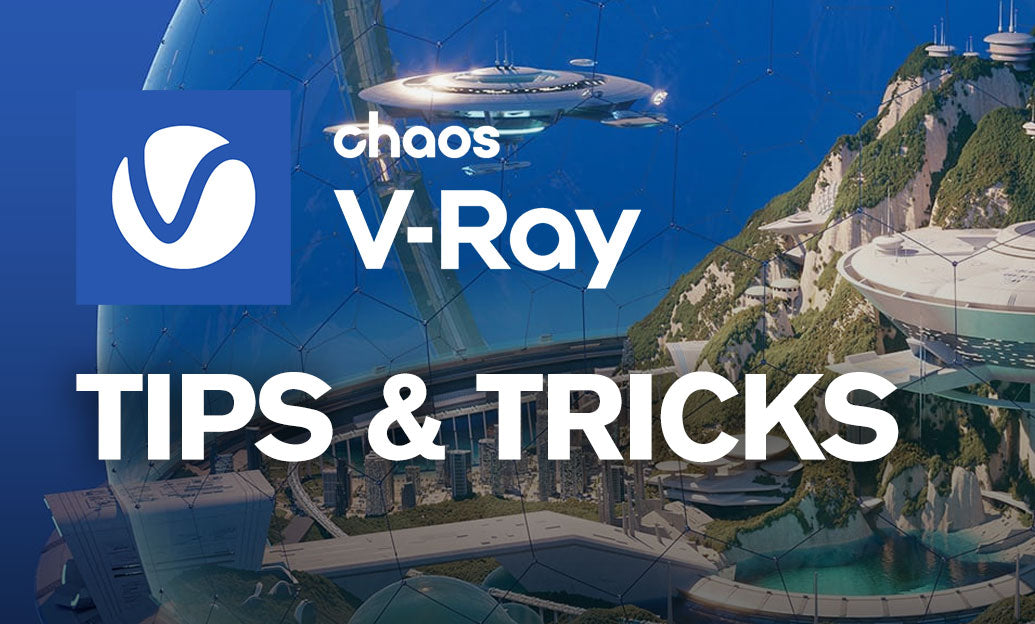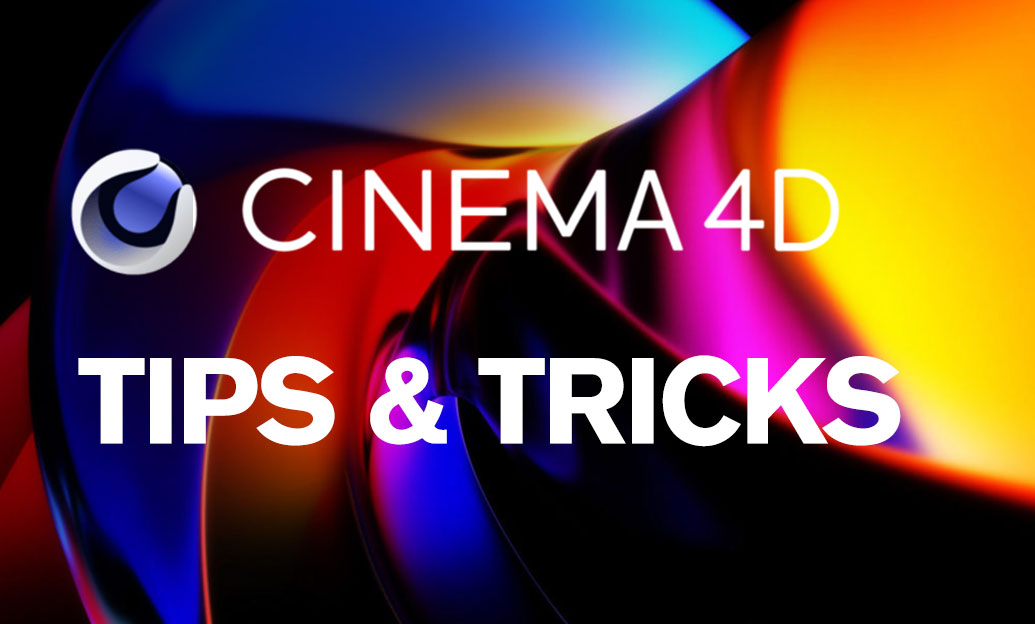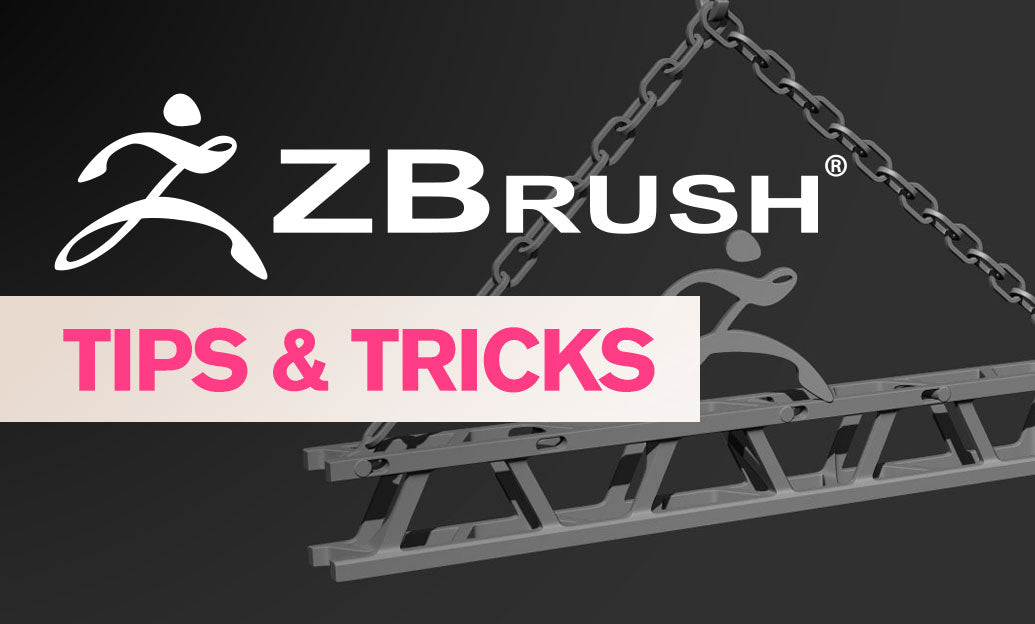Your Cart is Empty
Customer Testimonials
-
"Great customer service. The folks at Novedge were super helpful in navigating a somewhat complicated order including software upgrades and serial numbers in various stages of inactivity. They were friendly and helpful throughout the process.."
Ruben Ruckmark
"Quick & very helpful. We have been using Novedge for years and are very happy with their quick service when we need to make a purchase and excellent support resolving any issues."
Will Woodson
"Scott is the best. He reminds me about subscriptions dates, guides me in the correct direction for updates. He always responds promptly to me. He is literally the reason I continue to work with Novedge and will do so in the future."
Edward Mchugh
"Calvin Lok is “the man”. After my purchase of Sketchup 2021, he called me and provided step-by-step instructions to ease me through difficulties I was having with the setup of my new software."
Mike Borzage
V-Ray Tip: Bake Static GI into Lightmaps for Real-Time Engines
October 30, 2025 2 min read

Bake static global illumination (GI) into textures to deliver real-time performance in engines while preserving high-fidelity lighting. Perfect for architectural walkthroughs, VR, and mobile experiences. If you need the latest V-Ray licenses and upgrades, check NOVEDGE.
- When to bake
- Environments and assets with non-moving lighting and static geometry.
- Large scenes where runtime GI is costly or impractical.
- Targets with strict performance budgets: VR, AR, and mobile.
- Preparation checklist
- Create a dedicated lightmap UV set (3ds Max: UV channel 2; Maya: separate UV set) with non-overlapping islands.
- Maintain consistent texel density; scale lightmap resolution by object size/importance.
- Add generous padding (8–16 px or more) to prevent mip/seam leaks in engines.
- Lock down transforms and freeze instances that will be baked.
- Use physically based lights/materials; keep exposure consistent with a V-Ray Physical Camera.
- Lighting strategy
- Finalize your static lighting: VRaySun/Sky, HDRI Dome, IES, and area lights.
- Disable or exclude dynamic/movable objects from baking.
- Balance quality and speed: Brute Force + Light Cache is robust for baking.
- Bake setup (DCC specifics)
- 3ds Max
- Use V-Ray “Bake to Texture” (V-Ray 5+) or Render To Texture with V-Ray bake elements.
- Common outputs: VRayLighting, VRayGlobalIllumination, VRayShadows, or VRayCompleteMap (for a combined result).
- Assign the lightmap UV channel in the bake output and set Edge Padding.
- Maya
- Use V-Ray bake sets; target your lightmap UV set.
- Export VRayLighting/GI/Complete passes as needed for your game engine’s workflow.
- 3ds Max
- Quality and consistency tips
- Work in a linear color pipeline; bake to linear EXR for headroom and convert on export if required.
- Use sufficient subdivisions and GI samples to avoid blotches. Apply V-Ray Denoiser to lighting/GI passes when appropriate.
- Avoid overly strong clamp values; they can induce dull lightmaps and amplify seams.
- Check material roughness and albedo ranges for physically plausible results.
- Export to engine
- Choose formats your engine handles well: EXR/TIF for masters, then compress to engine-native formats.
- Name and route lightmaps per asset; verify the correct UV channel is used in engine.
- If multiplying lighting over base color in-engine, bake Lighting/Shadows only; keep albedo separate.
- Validation
- Compare baked vs. live render using the V-Ray Frame Buffer History.
- Scrub with IPR and Light Mix before baking to minimize re-bakes.
- Test different mip levels in-engine to confirm padding and seam robustness.
Pro tip: For massive environments, segment lightmaps by zones to reduce memory pressure and speed up re-bakes. For licenses, upgrades, and expert advice on V-Ray across 3ds Max, Maya, SketchUp, and Rhino, visit NOVEDGE. If you need help choosing editions or bundles, the NOVEDGE team can guide you.
You can find all the V-Ray products on the NOVEDGE web site at this page.
Also in Design News

Cinema 4D Tip: Lock Framing Early with Cinema 4D Safe Frames and Aspect Overlays
October 30, 2025 2 min read
Read More
ZBrush Tip: Conservative Projection Workflow for Artifact-Free Detail Transfer
October 30, 2025 2 min read
Read More
Bluebeam Tip: Increase Auto-Count Accuracy by Excluding Markup Types
October 30, 2025 2 min read
Read MoreSubscribe
Sign up to get the latest on sales, new releases and more …


